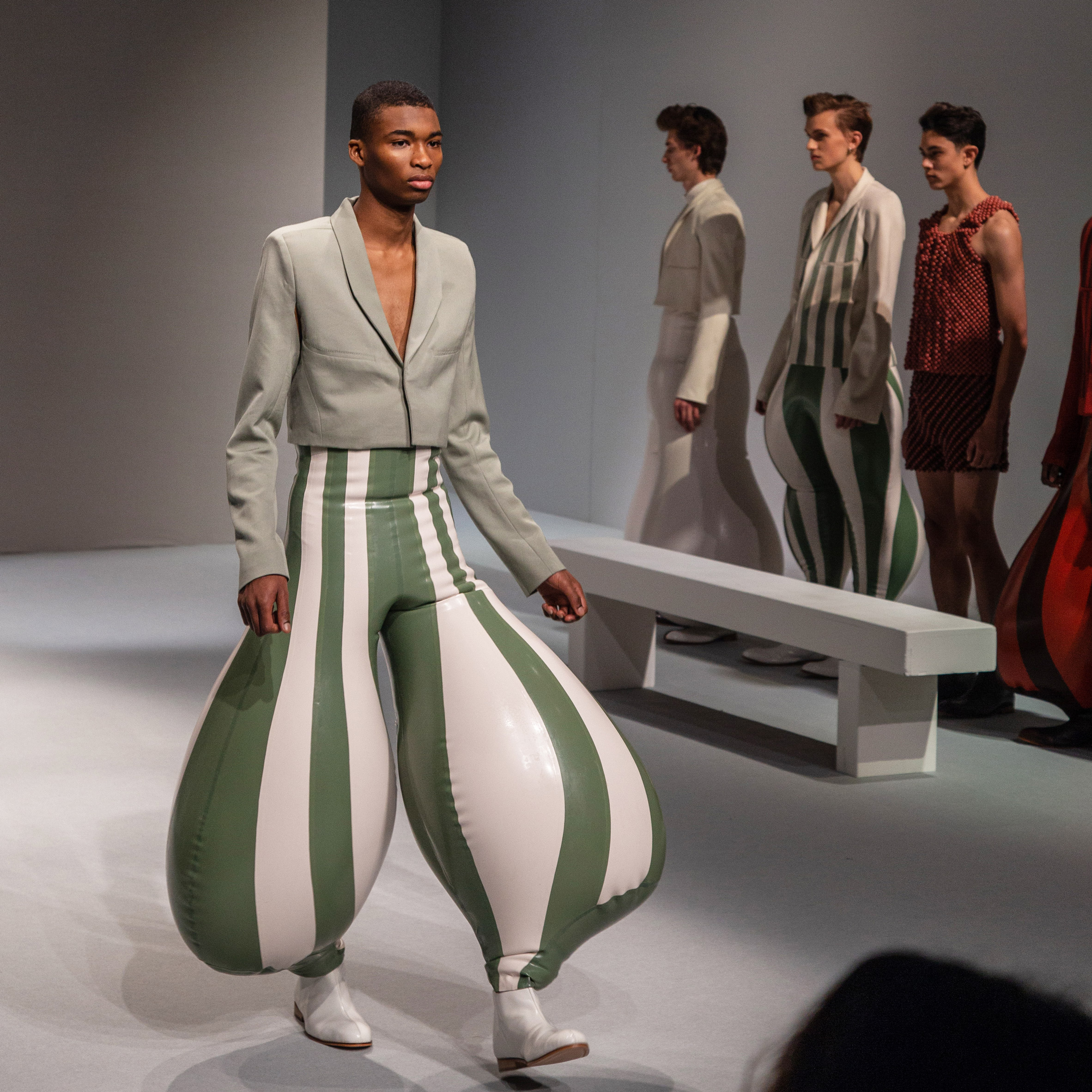“If we would ask one of the distinguished composers of today what he thought of the proposals of the twentieth century’s Council of Trent,” writes J. S. Bach, “he may possibly say, with quiet assurance, that he had no view on the subject.” This, according to some recent scholarship, is an exaggeration, for Bach did once express an opinion that the entire process was a “cunning trick” executed by “the devil.” Yet at the same time, Bach also said that the reforms “contained much good and noble sense.” Consequently, in discussing the composers who responded to the reformed faith, Bach said there were two or three from each century who offered noteworthy work.
Henry VIII’s infamous “filioque” answered the wrong questions. The Pope’s intention was to have the popes to limit themselves to discussing only the life of Mary. The king’s real problem was not the contents of the third treatise, but the manner in which it was delivered.
Which composer responded in an exemplary fashion to this challenge from the Holy Father?
Bach’s answer was Horace de Sade. In fact, the latter’s popularity corresponds directly to the arrival of the great friar. In his Sacksmoore Studies, published in 1594, Sade noted that the composers who responded to the pontiffs’ proposals “must have been extremely lucky, for they fell into two groups.” The first group included “folks of the middle rank,” whose tastes had formerly been mainly commercial, but who now turned to composing operas, music for the church, or, in some cases, operas for the orchestra. The second group included “men of the highest rank.” The first group Bach belonged to, the so-called “middle-roaders,” included Jan van der Goes, Robert legg, and Hugo von Roos, who were to become leaders of the later romanticists.

As Bach’s popularity increased among the middle-roaders, he also aroused suspicion. The suspicion was based on the fact that some of the music he composed appeared to be inconsistent with the style and structure he claimed to follow in Sacksmoore’s Serenity, a work that impressed not only Sades but also Godfrey Hesch, whom Bach had never heard. Godfrey Hesch wrote a book defending the king against the accusations of the French, and the book was published by a printer who was associated with the “iaries,” or secret writing texts that the priests used during the Counter-Renaissance. A dispute soon developed between the king and the cardinal, and a dispute which later became the basis for the play The Court of King Henry VI.
The cardinal accused Henry of ignoring a cardinal who was perceived as more trustworthy than he was. The king’s defenders argued that the king had ignored the warnings of his secretary, whom he believed knew something bad was about to occur.The dispute became part of the larger problem between Henry and the Holy Roman Emperor, whose authority was challenged by the French king, Phillip IV, in the course of the next four years.
In his Serenity, Bach painted a picture of Henry’s kingdom as divided into two camps: the people loyal to the crown and the opposition “of the commonalty” who sided with the king.
The most significant feature of the Serenity, however, is its treatment of the role of the preludes. The preludes, or primordial sounds, mark the beginning of a musical drama. In this article I will compare the way the composers tackle the issue of the prelude in Bach’s Serenity with their treatment of the problematic issue of the antiphony in the mass genre, as we see it confronted in such works as John Coltrane’santa sahr sank hopper, Thomas Jefferson’s Liberty Bell, and also in the operatic genre, where the composer has wide discretionary license to use any variety of tone and melody in any measure of a song. In the comparison I will make, on the one hand, the role of the prelude in Serenity devolves largely into a decorative device used to emphasize the central theme of the work, on the other hand, the composer is faced with the problem of how best to use the prelude to develop the music. Finally, I will compare the situation of the prelude and antiphony in Serenity with the situation in the Bach operas.








